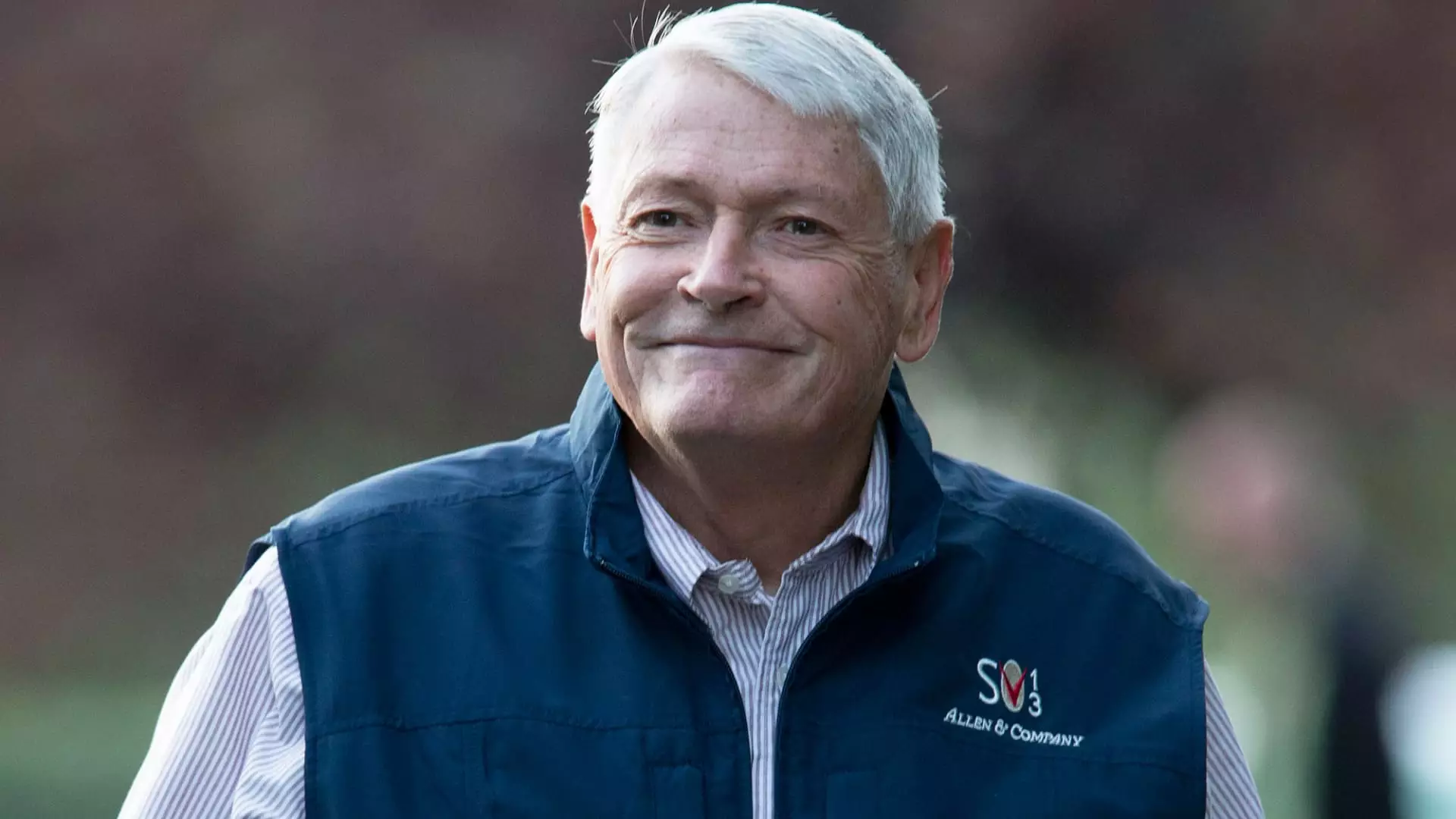In a significant shift within the media landscape, Liberty Media has made headlines with its latest announcement regarding a major corporate restructuring that will separate its substantial assets from its prized Formula One auto racing holdings. This decision comes alongside the departure of CEO Greg Maffei, who will step down at the end of the year. As the company transitions into Liberty Live, which will serve as a publicly traded entity housing most assets outside of Formula One, the dynamic within Liberty Media is set to evolve dramatically. With John Malone stepping in as interim CEO, the focus is shifting toward simplifying the expansive Malone media empire.
The appointment of Malone, an iconic figure in the cable industry, signifies that Liberty Media is not only looking to streamline its operations but also to harness Malone’s profound expertise in the media space. Malone’s tenure has been characterized by strategic maneuvers and a remarkable ability to restructure businesses for enhanced value. As the company prepares for its investor day in Manhattan, Malone’s experience may prove pivotal in guiding Liberty Media through this transitional phase. Stakeholders are expected to scrutinize the strategies and future directions laid out by Malone, particularly in terms of how these changes may translate into greater shareholder value.
The new entity, Liberty Live, will encompass various assets, including nearly 70 million shares of Live Nation Entertainment and interests in sports experience provider Quint. This move aligns with Malone’s philosophy of providing clearer avenues for shareholders to realize value from their investments. The transition aims to offer a simplified capital structure, thereby reducing the traditionally significant discount applied to net asset values. Following the split, Liberty Media will retain control of Formula One and MotoGP, two assets that have demonstrated robust market potential. Analysts suggest that this realignment is indicative of a larger trend in which media companies seek to clarify ownership and operational efficiencies.
Maffei’s remarks about his tenure reflect a sense of completion. Having been an instrumental figure since 2005, his various roles within the organization have enabled him to guide Liberty through a transformative period. His confidence that these structural changes will allow shareholders to engage more directly with their investments is noteworthy. However, the sentiment surrounding the transition is bittersweet since departures can often introduce uncertainty in any organization.
The restructuring is not occurring in a vacuum; it reflects broader trends within the media landscape where companies are increasingly considering mergers and acquisitions as a method for amplifying growth potential. Liberty’s decision to have Charter Communications acquire Liberty Broadband in an all-stock transaction speaks to this evolution. As Charter seeks to consolidate its position in a competitive market, it underscores Malone’s vision of creating a leaner, more robust media empire.
As media conglomerates navigate the challenges of digital disruption and changing consumer behaviors, this type of strategy has become increasingly vital. The impending completion of Liberty’s separation into distinct entities points toward a future of more focused investment and operational clarity amid an ever-complex industry.
The separation of Liberty Media into Liberty Live and its continued stewardship of Formula One marks a pivotal juncture for both the company and its stakeholders. The shift illuminates a deliberate effort to enhance shareholder engagement while redefining the company’s strategic focus. With Malone’s interim leadership, the next steps appear to be pivotal for shaping the future of Liberty Media in an industry characterized by uncertainty and rapid evolution. As shareholders and analysts alike await further developments, the implications of this restructuring will undoubtedly ripple through the media landscape, influencing strategies and decisions well beyond Liberty’s immediate sphere. The anticipated outcomes of these strategic decisions will likely serve as case studies for other media companies navigating similar courses of action in the years to come.

